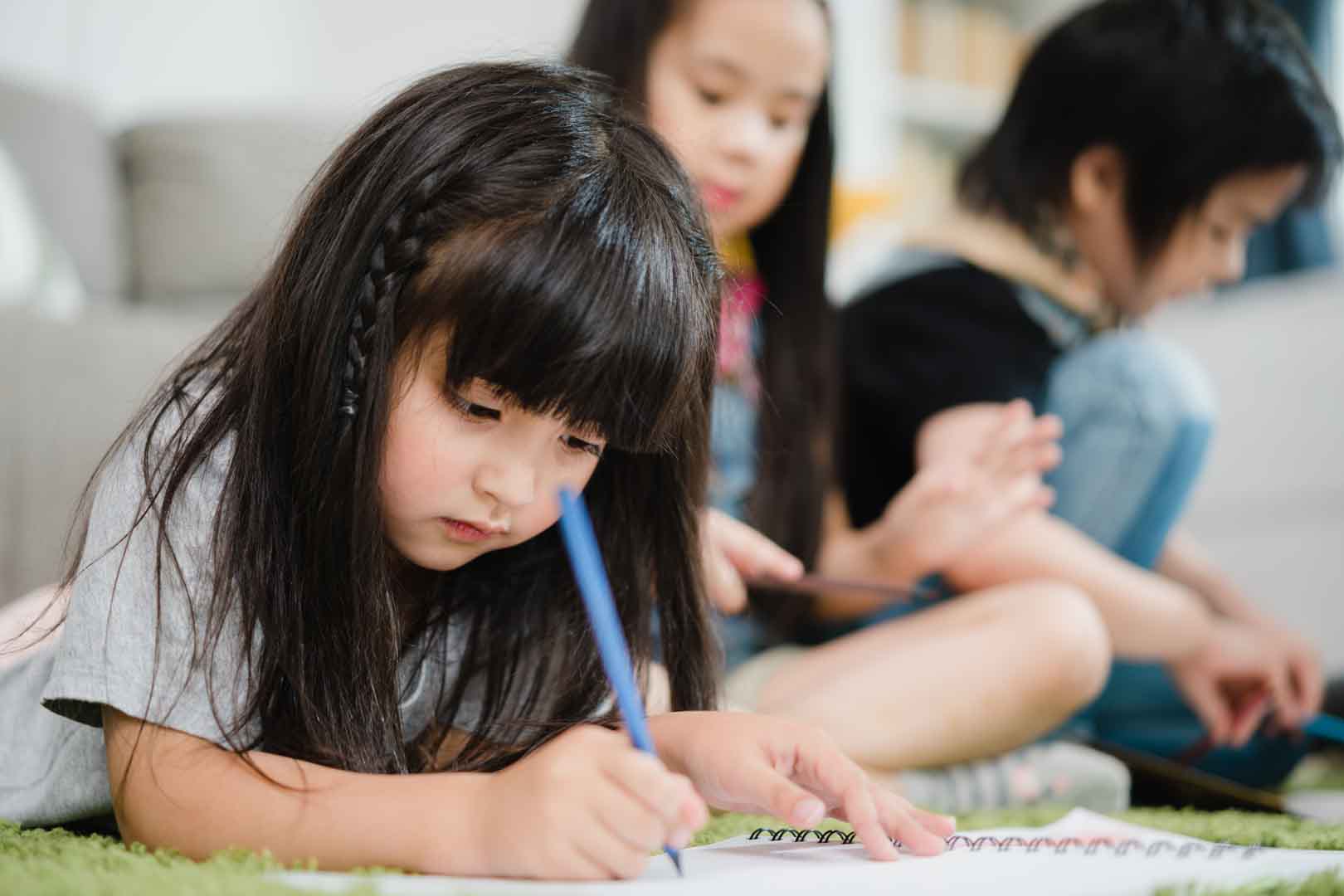In Phnom Penh, parents seeking creative, engaging ways to help their children develop communication skills are discovering the power of drawing in speech therapy. While speech therapy typically focuses on sounds, words, and conversation, incorporating visual arts like drawing can significantly enhance progress—especially for children with autism, ADHD, or expressive language difficulties.
At OrbRom Center, we use drawing not just as a fun activity, but as a purposeful tool to support vocabulary, expression, and emotional regulation during speech therapy sessions.
Why Drawing Works in Speech Therapy
Drawing is a form of expression. It allows children to communicate thoughts and ideas when spoken language is limited. For speech therapists, this creative outlet offers a unique way to:
-
Encourage storytelling and sentence building
-
Introduce new vocabulary in a visual, meaningful context
-
Support sequencing skills (e.g., “first, next, last”)
-
Build confidence for children who struggle to speak
-
Practice turn-taking, description, and asking questions
In Phnom Penh, where multilingual households are common, drawing serves as a bridge between spoken and visual language—making it easier for children to process and recall words.
How We Use Drawing at OrbRom Center
At OrbRom Center in Phnom Penh, our therapists integrate drawing in various ways:
-
Picture description: Children draw an image, then describe it using complete sentences
-
Drawing prompts: We give themes like “My favorite food” or “What I did today” to build expressive language
-
Story creation: Children create a sequence of drawings and turn them into spoken or written stories
-
Labeling: Therapists model words while the child labels parts of the drawing (colors, shapes, actions)
-
Emotion expression: Children draw feelings they can’t yet describe verbally
This approach is particularly helpful for visual learners or children who feel overwhelmed by direct conversation.
Drawing and Emotional Development
Drawing in therapy doesn’t just support speech—it helps children process and express emotions. For children who struggle with anxiety, frustration, or social interactions, drawing can:
-
Provide a calming outlet
-
Serve as a tool for self-expression
-
Lead to meaningful conversations about feelings
In Phnom Penh, where support for children with diverse emotional and developmental needs is growing, creative therapies are becoming an essential part of holistic intervention plans.
Locate us on Google Maps to explore therapy options at OrbRom Center.
Final Thought
Sometimes, a pencil can say what words cannot. At OrbRom Center in Phnom Penh, we use drawing as a bridge to spoken language—helping children express themselves confidently, creatively, and clearly. If your child is struggling with speech, consider how a crayon or marker could become a powerful communication tool.
We are the only Preschool specialized on children with special needs in PhnomPenh.
- Internationally qualified teachers
- Cambodia’s largest sensory room
- Outdoor swimming pool
- Covered outdoor playground
📞 Phone: 077.455.993
Telegram Link: https://t.me/OrbRom








Leave A Comment